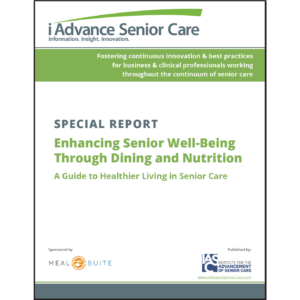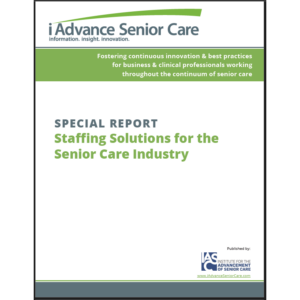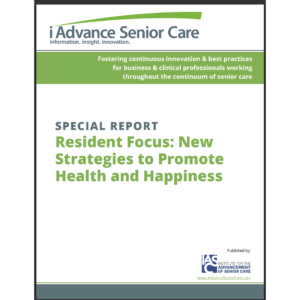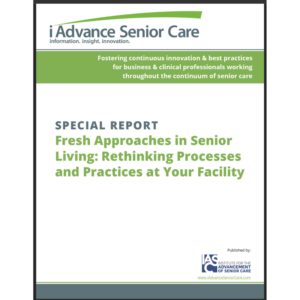Study: Electronic prescriptions as error-filled as manual ones
Electronic prescriptions have as many errors as handwritten prescriptions, according to a new study published in the Journal of the American Medical Informatics Association. And not all electronic systems are the same; some perform worse than others, the study shows.
Study researchers say that the rapid adoption of electronic prescribing systems has in part been driven by the belief that they would reduce the sorts of errors commonly made in manual prescribing systems. The findings were based on an analysis of just under 4,000 computer generated prescriptions received by a commercial pharmacy chain in three states over a period of four weeks in 2008.
Researchers examined the number of mistakes made and their potential to cause harm, as well as the frequency of particular mistakes and whether these were associated with one type of system. Of the 3,800 prescriptions assessed, more than one in 10 contained a total of 466 errors. Of these, a third were deemed to be potentially harmful.
Among the 163 potentially harmful errors, more than half (58 percent) were significant and the remainder (42 percent) were serious. None was life threatening.
The prevalence of prescribing errors varied considerably, depending on the system used, ranging from 5 percent to 37 percent among the 13 systems analyzed. The frequency of certain types of errors was also associated with particular systems.
Around 60 percent of errors related to missing information, which the authors suggest should be relatively easy to eliminate by system tweaking or providing better user training.
“Providers appear to be rapidly adopting electronic health records and computerized prescribing, and one of the major anticipated benefits is expected to be through medication-error reduction,” they write. However, they caution: “Implementing a computerized prescribing system without comprehensive functionality and processes in place to ensure meaningful use of the system does not decrease medication errors.”
I Advance Senior Care is the industry-leading source for practical, in-depth, business-building, and resident care information for owners, executives, administrators, and directors of nursing at assisted living communities, skilled nursing facilities, post-acute facilities, and continuing care retirement communities. The I Advance Senior Care editorial team and industry experts provide market analysis, strategic direction, policy commentary, clinical best-practices, business management, and technology breakthroughs.
I Advance Senior Care is part of the Institute for the Advancement of Senior Care and published by Plain-English Health Care.
Related Articles
Topics: Articles











